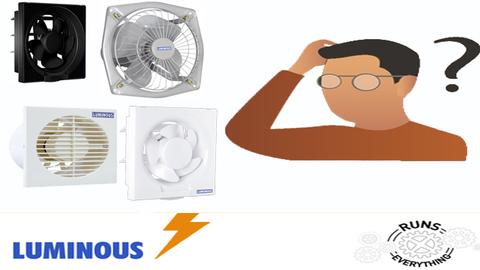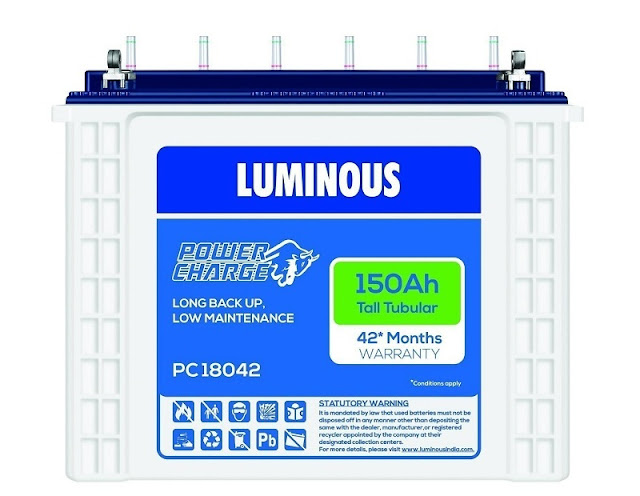Reasons why people choose Solar Grid Tied Inverter?
The grid-tie inverters connect the local electrical generators such as hydroelectric, wind turbine, and solar panel with the grid. They are responsible for converting the direct current into the alternating current. A good-quality grid-tie inverter maintains the output voltage higher than the voltage of the grid. Some of the grid-tie inverters have a fixed power factor which basically means that their current and the voltage are perfectly lined up.
The homeowners can use the alternative power generation source such as wind or solar power without the need of batteries and exhaustive wiring. In the case of alternative power not being sufficient, the power from the grid compensates the shortage of it.
Different Types of Grid-Tie Inverters-
There are different types of grid-tie inverters available in the market today. Broadly, the inverters are categorized into two types, the low frequency, and the high frequency. Both the types of the grid-tie inverters are available with the transformer coupling.
The inverters without the transformer coupling are smaller and lighter in weight. They are also more efficient than the transformers coupling inverters. The inverters without the transformer coupling have been slowly gaining the popularity.
Some of the benefits of a grid-tie inverter are as follows
High Efficiency-
The grid-tie inverters can fulfill this requirement. They can rely on this power from the inverters if they need the additional electricity. In the countries such as the USA, the businesses with high electricity demand, buy the power from the power companies. A grid-tie inverter plays an imperative role in this process. The grid-tie solar draws the power from the main and fulfills the necessity, the excess power can be sent back to the grid. The power is sold back to the company it was purchased from.
Reliable-
The grid-tie inverters are a reliable source of backup power. The conversion of DC into AC protects the electrical appliances and prevents any electrical mishap. It shuts down in the case of the power grid failure. The workers who try to fix the power grid thus, remain protected.
Easy Installation-
The off-grid inverters require the batteries for the installation; hence the installation process is complicated. On the other hand, the grid-tie inverters are very easy to install as these do not have the batteries. The solar panels are easy to install, moreover, all the panels do not require to be installed right away. You can install single or more panels in accordance with your power consumption needs.
Conclusion
The direct current produced by the solar panels gets transferred into the junction box. At this box, the panels are connected. This direct current is fed into the grid-tie inverter by a cable that connects the junction box with the inverter. The current gets converted into the AC by the inverter and transferred to the appliances. There is a fuse that allows the output current to reach the main distribution.
For the installation of a solar grid-tie inverter, a customer gets 30% subsidy. The cost of a 1.5 KW inverter is around 54,000 INR. Taking into the consideration, the tax credits and reliability, the ROI generally comes down to 10 to 12 years for the residential use. For the commercial use, the number of years will go down even further as there is more usage and thus, more savings on the power bills.
See more at: Loom Solar.com




laptop running out of power while sending important Nice post
ReplyDeletebest solar panel price india
The blend of technology and design in solar panels without white spaces is a testament to our ability to balance practicality and aesthetics.
ReplyDelete3kW Solar Panel Price In India With Subsidy